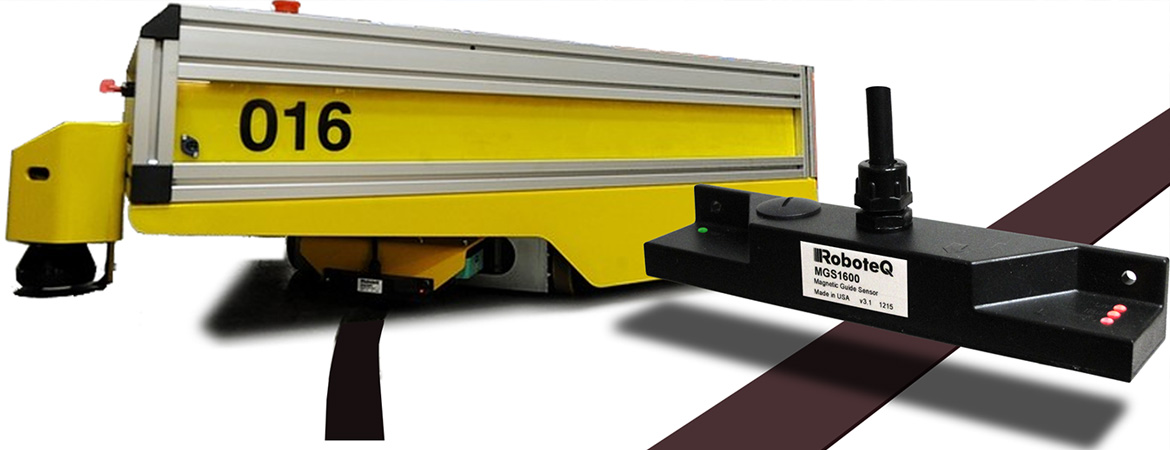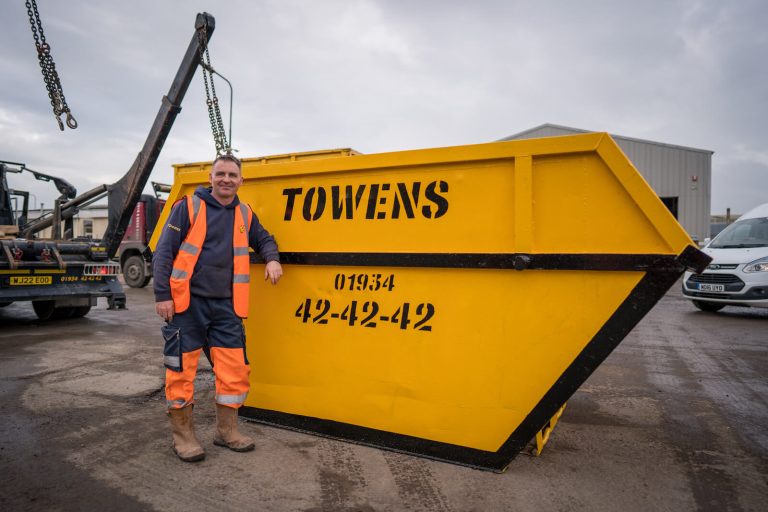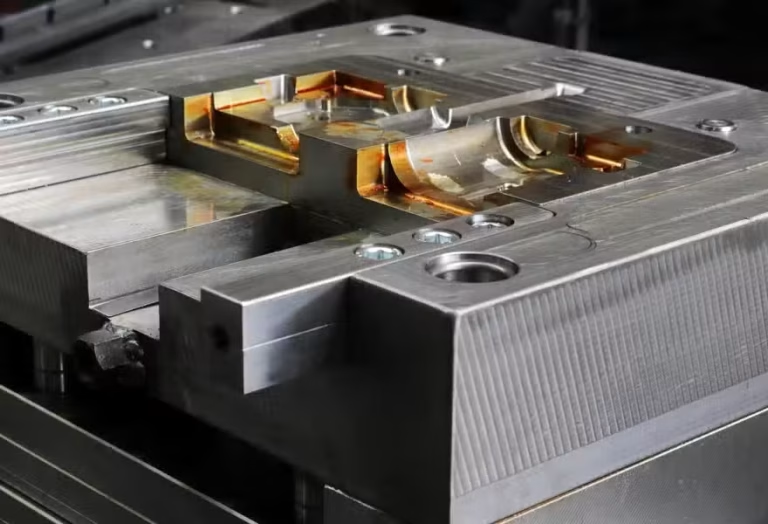
Automation systems have become integral in streamlining operations, improving precision, and enhancing overall efficiency. Among the several technologies helping to progress automation, magnetic guide sensor is quite important. Designed to detect magnetic fields, these sensors find extensive use guiding and controlling automated systems.
What Are Magnetic Guide Sensors?
Devices detecting changes in magnetic fields are magnetic guide sensors. Usually detecting the presence, location, or movement of magnetic objects, these sensors employ magneto resistive or Hall-effect technology. Working in conditions where optical or mechanical sensors would fail, these sensors are extremely valuable for their dependability and accuracy.
Applications in Automation Systems
Mostly employed in automation systems for exact tracking and placement are guide sensors. Their highly precise guiding of automated vehicles, conveyors, and robotic arms depends on their capacity to identify the position of magnetic markers.
Automated guided vehicles (AGVs), which are progressively employed in warehouses, factories, and logistics centers, are one of the main uses of magnetic guide sensor. These sensors enable AGVs to negotiate pre-defined pathways, therefore guaranteeing flawless and effective transportation of products. By means of the magnetic markers buried in the floor or along the path, the sensors enable the AGV to travel a designated course without human interaction.
Apart from AGVs, magnetic guidance sensors find extensive application in robotics and production systems. Robotic arms in assembly lines, for example, depend on these sensors for exact movement control to guarantee proper component placement. Magnetic guidance sensors accelerate and dependability of manufacturing processes by providing high-speed, non-contact sensing capabilities.
Benefits in Modern Automation
Modern automation systems have various benefits by including magnetic guiding sensors. Their capacity to operate in demanding environments, where dirt, dust, and trash might interfere with other kinds of sensors is one of the main advantages. Magnetic guidance sensors are perfect for industrial environments since they stay efficient in demanding situations even if they identify fields instead of depending on light or optics.
Furthermore well-known for their great accuracy and low maintenance needs are magnetic guidance sensors, which help to lower automated system downtime. These sensors’ non-contact character reduces moving components, therefore lowering wear and tear and extending their operating lifetime.
Modern automated systems depend critically on magnetic guidance sensors, which offer great dependability, accuracy, and longevity. These sensors improve industrial process precision and efficiency, whether guiding robotics, automated cars, or other systems. Magnetic guidance sensors will surely become increasingly more important in guaranteeing better operations and higher efficiency as automation keeps expanding over several sectors.





